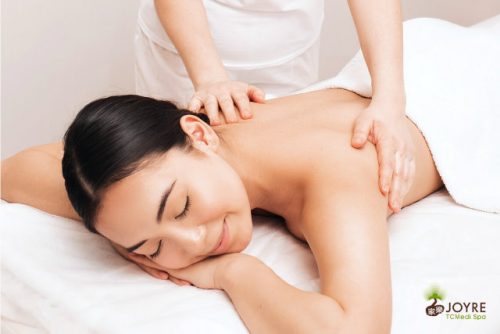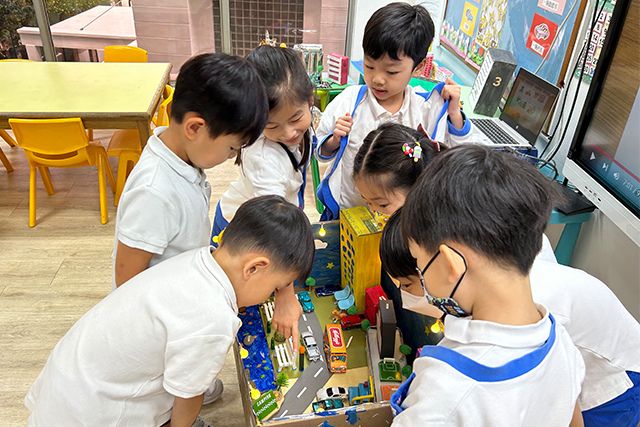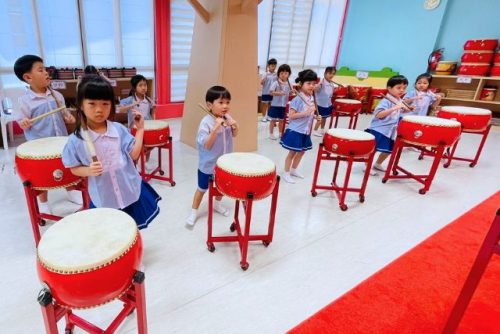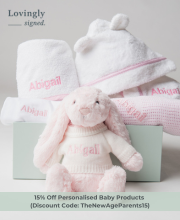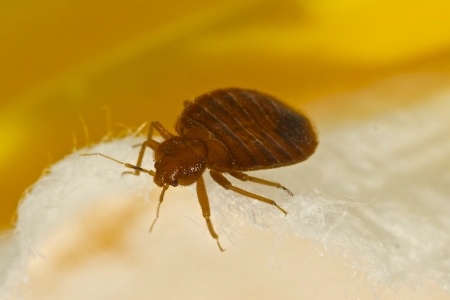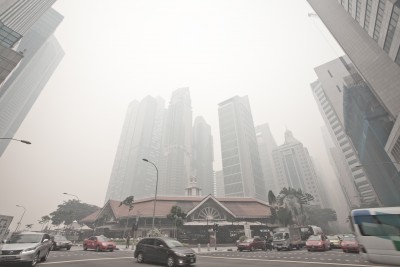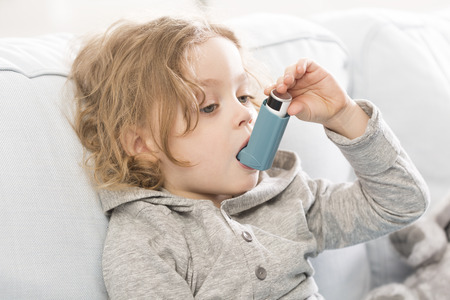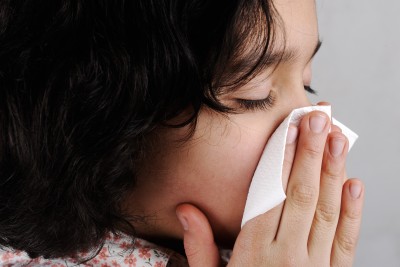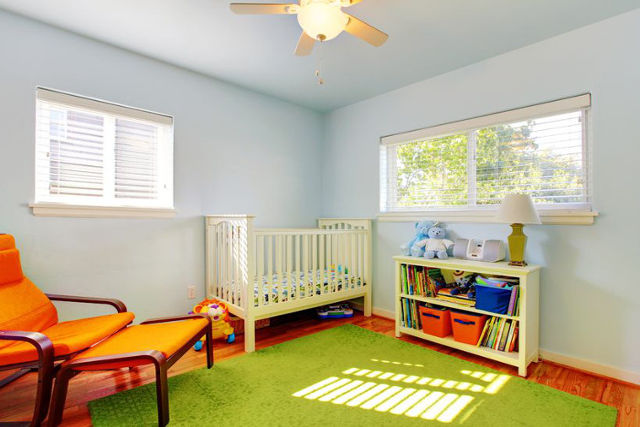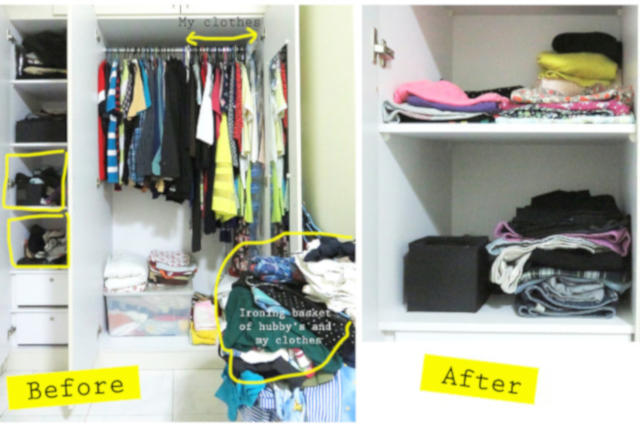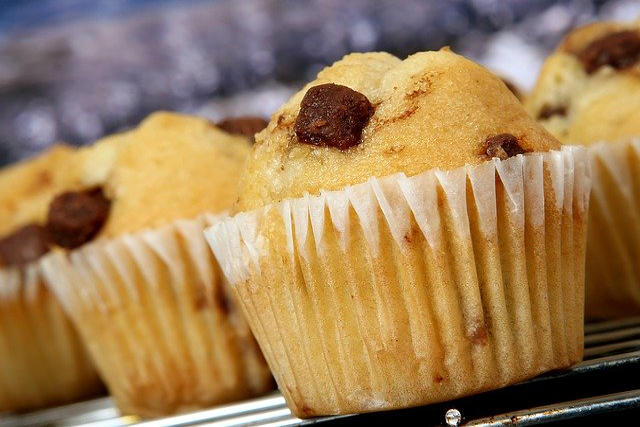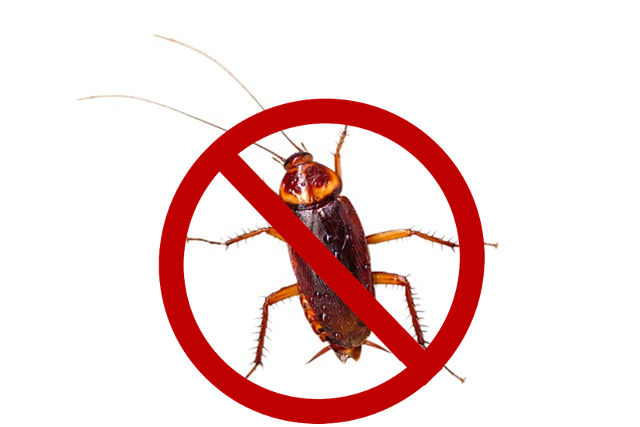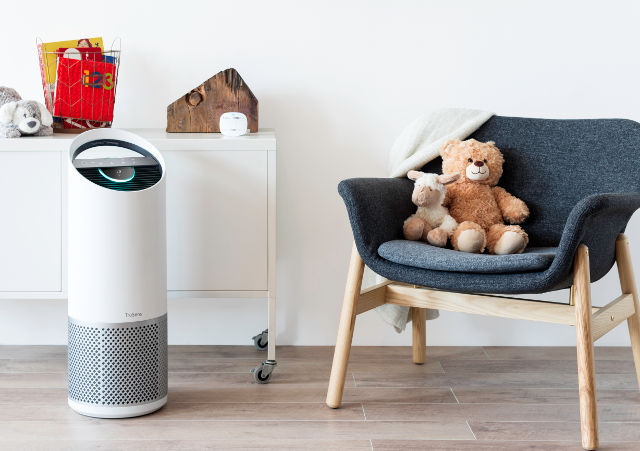No haze, no problem? Think again.
The air pollution inside your home can be up to five times worse than outside, and we spend approximately 90% of our time indoors.
Toxic fumes released from cleaning solvents, deodorants and scented candles are some of the most common indoor air pollutants, a study carried out by the US Environmental Protection Agency suggests.
Other major indoor air pollutants include gases from cooking and central heating, mould, pet hair, pollen and allergens. Invisible to the naked eye, it is these ultrafine and potentially harmful particles that can travel easily through the air that surrounds us in the home.
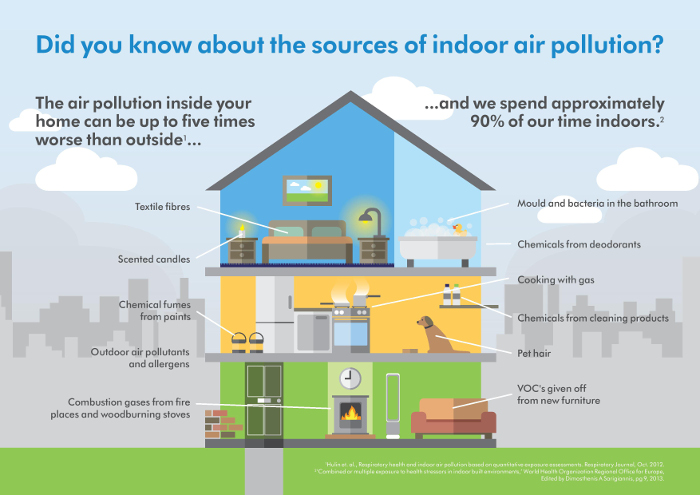
According to Dyson microbiologists, key airborne allergens found in our homes include:
- Dust mite faecal matter
- Mould spores
- Pollen
- Volatile organic compounds (e.g. formaldehyde, benzene)
- Pet dander (e.g. from dogs and cats)
Dust mites and their faecal matter
According to the Engineering and Physical Sciences Research Council, climate change is likely leading to increased mite populations. Singapore’s equatorial climate and relative humidity of about 0% creates an ideal environment for mites to grow and reproduce.
While dust mites don’t fly or float in the air, it is their faecal matter that causes an allergic reaction. Each dust mite is capable of producing up to 20 faecal pellets per day. Their faecal matter can easily be agitated into the air and these allergens can remain airborne for up to 2 hours, making them easily inhaled.
The average mattress may have anywhere between 100,000 to 1,000,000 dust mites present. This translates to about 2 – 20 million faecal pellets produced in our beds each day!
Dust mites love to hide in these spaces at your home: Mattresses, carpets, sofas and bedroom floors.
⇒ Related Read: Dust allergy: How to manage them
Choosing An Air Purifier
While it may be a significant investment, the decision to purchase an air purifier is a positive step towards protecting the respiratory health of both you and your family. The next stage in the decision-making process is about choosing the right machine to suit your needs.
Purifiers come various shapes and sizes, remove different kinds of air pollutants in your homes, and offer a wide array of features and specifications.
Here are five important things to note before you buy an air purifier.
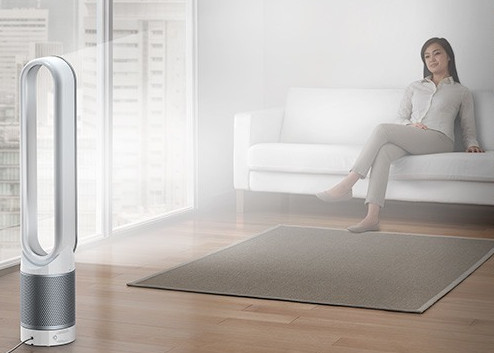
1. Type of filter used
There are generally four different types of filtration and cleaning systems present in air purifiers in Singapore: High-efficiency particulate air (HEPA), activated carbon, ionic, and ultraviolet light.
Ultraviolet light uses electromagnetic radiation to destroy bacteria, viruses and mould, but do not remove dust, allergens or particles in the air.
Activated carbon filters react chemically with pollutants to clear smoke, odours and gases from the air, but alone do not filter out harmful fine particles.
Ionisers work by sending out a stream of charged ions to attract dust and allergens. While fairly popular, it is important to know ionisers can produce ground-level ozone. This raises indoor ozone, which can irritate your lungs and threaten your long-term respiratory health.
HEPA filters are highly effective at capturing fine dust particles that could have otherwise been deposited into our lungs and bloodstream. These include pollen, bacteria, mould, dust mite debris and pet dander. HEPA filters alone, however, will not remove volatile organic compounds, such as chemical fumes, cigarette smoke or odours.
Some purifiers combine HEPA filters with activated carbon granules, such as the 360° Glass HEPA filter in the Dyson Pure Cool. This allows it to effectively remove both ultrafine particles and harmful volatile organic compounds present in the air.
2. Ability to remove fine and ultra-fine particles
While seemingly fundamental, it is important to be aware of the invisible enemies that we are dealing with in our homes. In Singapore, PM2.5 is the commonly mentioned particle size – especially during the haze season. Particles, unfortunately, do not stop at 2.5 microns. PM0.1 particles, also known as ultra-fine particles, penetrate the fine sacs in our lungs (also known as alveoli) and even enter our bloodstream easily.
You may also be persuaded by the ability of some machines to expel high amounts of ‘clean’ air. Note that there is often a trade-off between the volume of air flow and the effectiveness of the machine to remove harmful particles and allergens. When a high volume of air is forced through a system, there is a tendency for harmful ultrafine particles to escape back into the surrounding air. It is generally better to invest in a machine with controlled air flow, and which does a better job.
3. Area of coverage and ability to circulate air
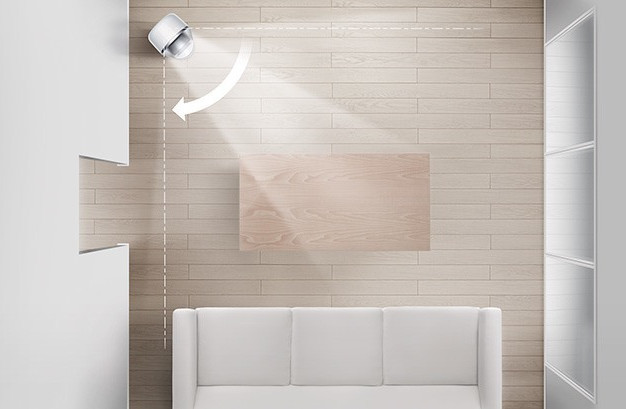
Room purifiers in the Singapore market are designed for spaces anywhere between 20 and 65-meter square. To gauge the scale of your needs, measure the approximate length and width of your room and multiply them together to obtain the amount of coverage you require. Bear in mind that the ability to distribute clean air evenly across the room is equally important, as many air purifiers only release air in a singular or upward direction.
4. Size and weight
Purifiers can be bulky and heavy, making them difficult to transfer across rooms. Light-weight purifiers on the other hand, usually mean that coverage is compromised. There are, however, exceptions to this rule. Certain models of purifiers combine the functionality of a fan with an air purifier. This not only allows you to have the best of both worlds but also eliminates the need to have precious floor space taken up by two machines – a fan and an air purifier.
5. Cost and maintenance
Don’t be easily swayed by a cheap price tag – hidden costs may lie in the form of costly replacement filters that can easily set you back $300 every 6 months, as some purifiers operate on multiple filters. Within two years, you may find yourself paying almost $1,500 on an ‘affordable’ machine as opposed to about $1,200 on a machine with a higher initial commitment.
Also consider whether replacing the filter is a simple two-step process that can be done within 60 seconds, or a 5 minute affair that requires unscrewing or unhinging multiple parts.
Contributed by Toby Saville, Dyson Microbiologist.
* * * * *
Want to be heard and seen by over 100,000 parents in Singapore? We can help! Leave your contact here and we’ll be in touch.
Stay in touch! Subscribe to our Telegram here for our latest updates.




